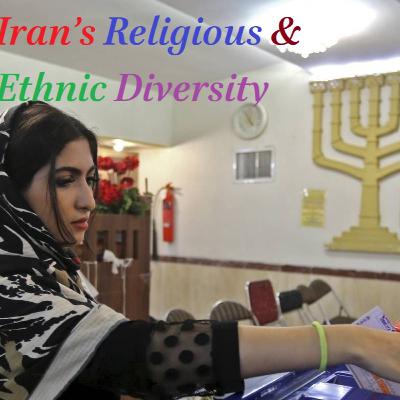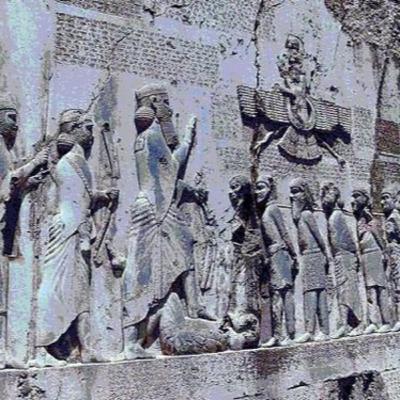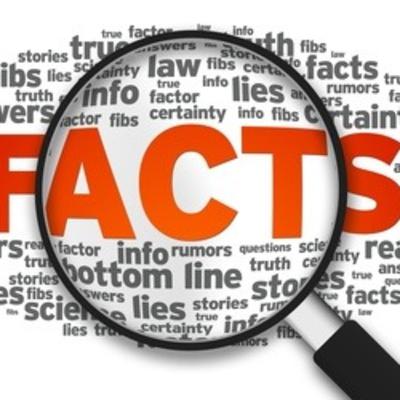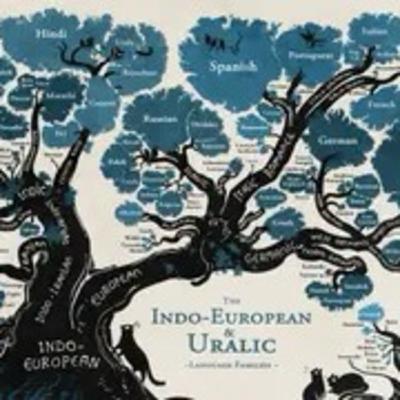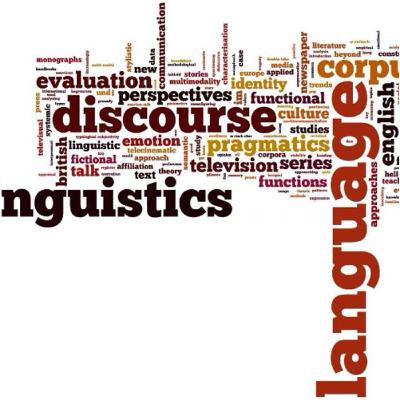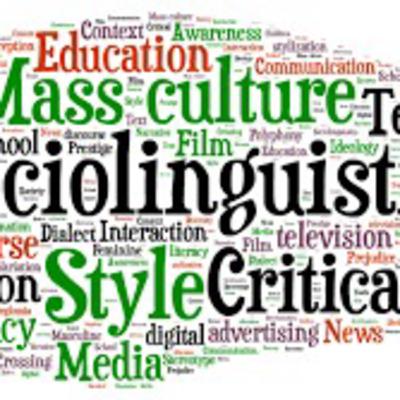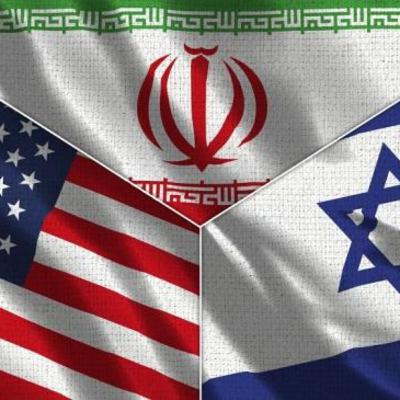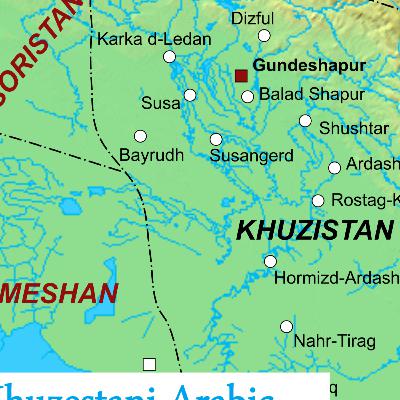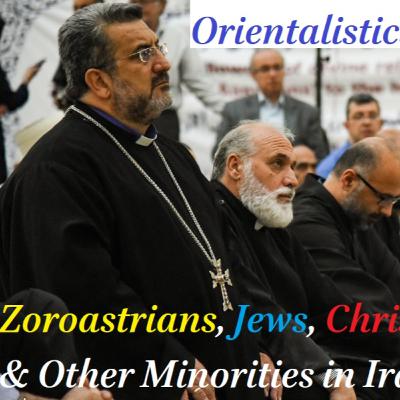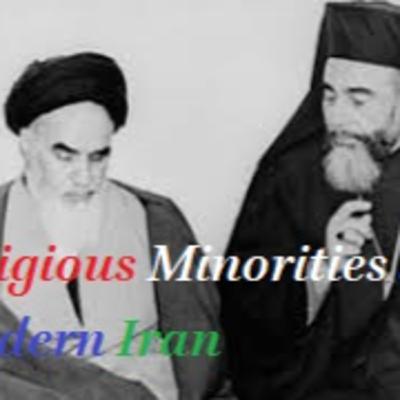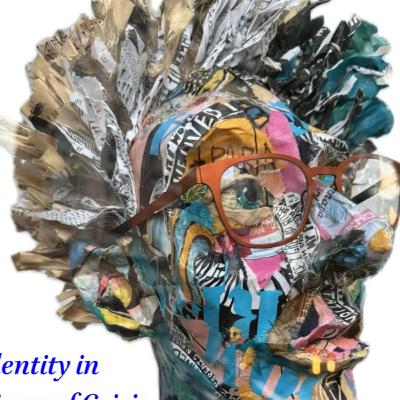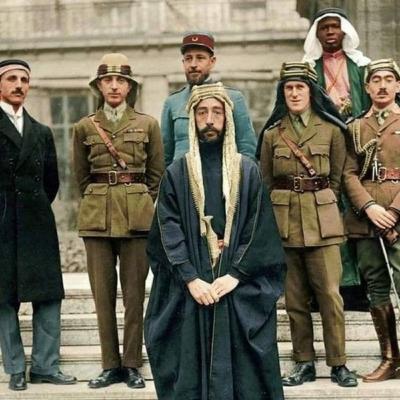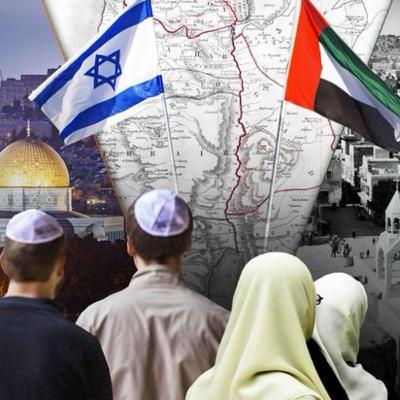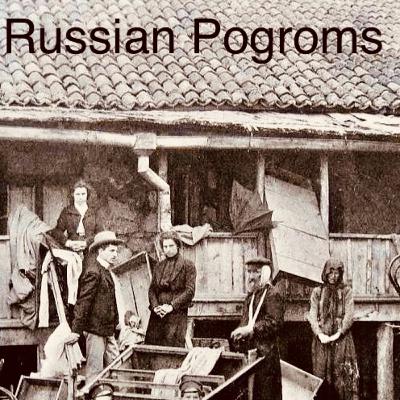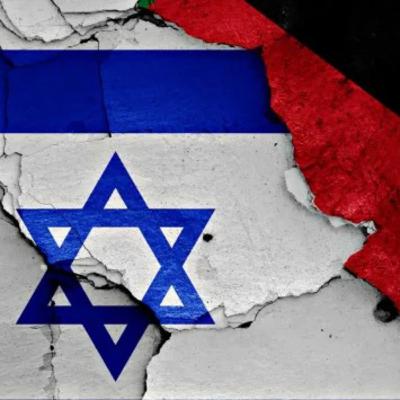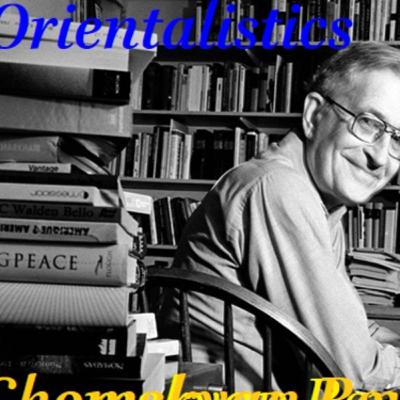Iran’s Religious and Ethnic Diversity, Part I: Introduction
Description
Iran’s Religious and Ethnic Diversity, Part I: Introduction
This episode delves into the rich tapestry of Iran's religious, linguistic, and ethnic diversity, tracing its roots from the ancient Persian empires to the transformative events of the Islamic Revolution of 1979. Iran’s historical role as a crossroads of civilizations has shaped a multi-ethnic society, with Persian as the national language alongside numerous minority languages and dialects. Religiously, while Shiism dominates, smaller communities of Sunni Muslims, Christians, Jews, Zoroastrians, and Bahā’īs contribute to the nation’s pluralistic identity.
We explore how efforts at centralization during the Pahlavi era—through language policies, land reforms, and modernization—sought to homogenize this diversity, often with limited success. The Islamic Revolution then ushered in a Shiite theocracy, profoundly impacting Iran’s sociopolitical fabric. Recognized religious minorities, such as Zoroastrians, Christians, and Jews, face varying degrees of inclusion and restrictions, influenced by constitutional provisions and state strategies.
From Reza Shah’s modernization policies to Khomeini’s establishment of a dual governance system, the episode examines the tension between Iran’s vibrant diversity and the state's attempts to impose ideological unity.
Keywords
#IranDiversity #ReligiousPluralism #IslamicRevolution #PersianHeritage #EthnicMinorities #Jews #Iranianjews #Rezashah #Khomeini #Iran

